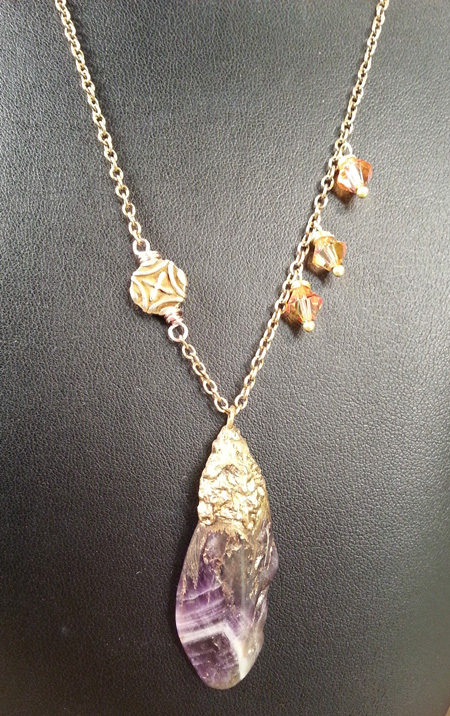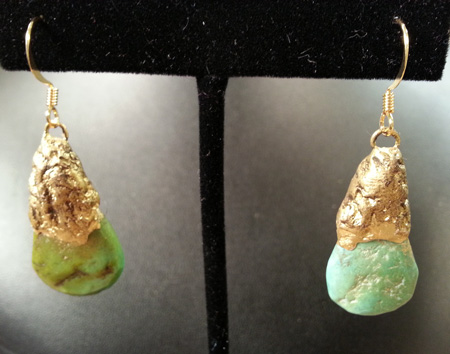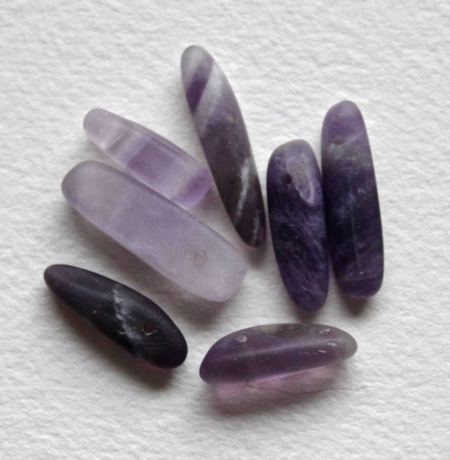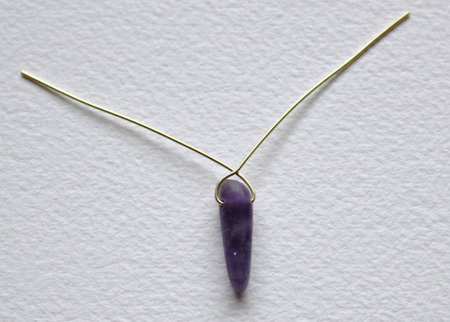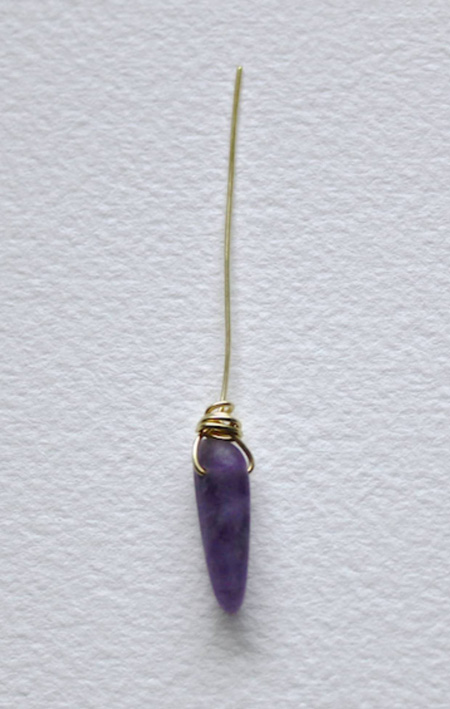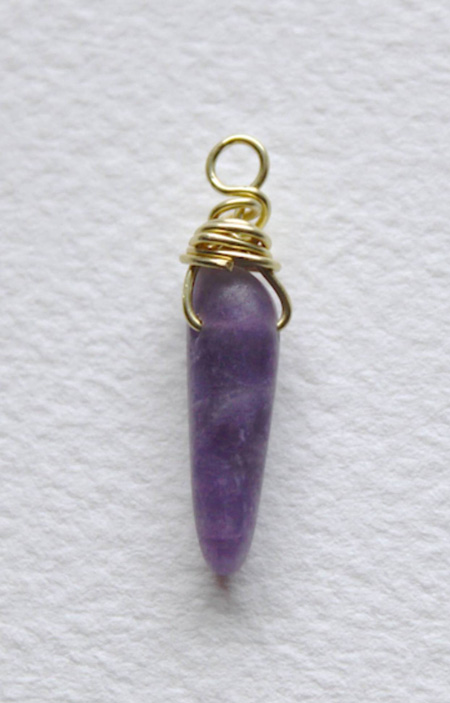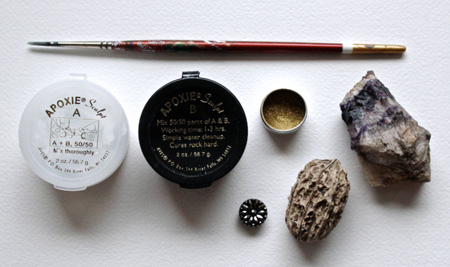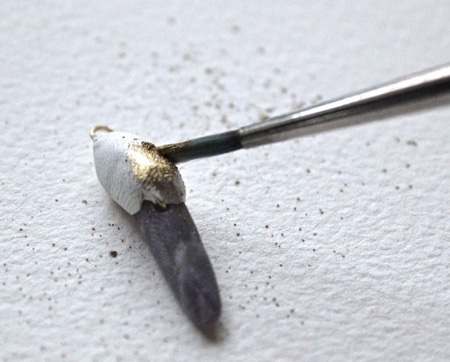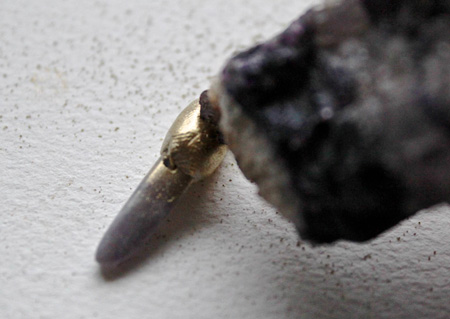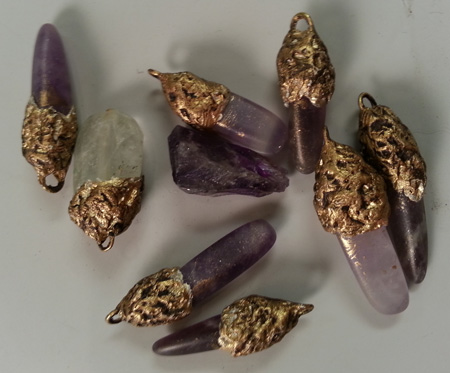 |
www.beadsbaublesandjewels.com BBJ – the source for jewelry making, beading, and metal work: instructions, education and projects from leading jewelry designers, and instructors. The online home of the public television program. |
| 2010-2 | Print | Close [X] |
Andrew Thornton shares one of his favorite new jewelry making techniques on making decorative end caps using epoxy clay. |
For More Information Visit: |
Rustic Epoxy Clay Bead Caps
This project is excellent for hiding less than tidy wire-wraps and adding embellishment to a stone.
Tip: If you are doing several caps, prepare all of your wire-wraps in advance. I usually do extra just in case I end up with extra epoxy clay.
Safety: Not only do glove help prevent the clay from sticking to your hands, but it also helps if your skin is sensitive. If you do use your bare hands, make sure to wash your hands with warm, soapy water afterwards. Tip: Set down wax paper before working with epoxy clay or pigment powders for fast clean up.
Safety: Metallic powders and pigments often times contain very finely ground metal that may be harmful to your health. Make sure your area has plenty of ventilation and if you’re using a lot, you might want to wear a dust mask. Alternatively, you can use cornstarch and add color afterwards with Glider’s Paste, alcohol inks, or metallic acrylics. Spray finish all to prevent your finish from wearing off. Most fine powders, such as marble dust or mica dust will work as a resist and give a different effect.
Tip: You can customize the look of your caps with the textures you use and how you decide to finish your pieces. You can add color, metallic finishes, or go for a more natural look with a dark colored epoxy clay and a matte spray finish. Once the caps are done, they can be used in customized jewelry with an organic look. |
Andrew Thornton & Katie Hacker 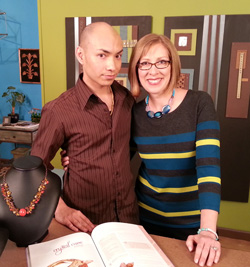 |
